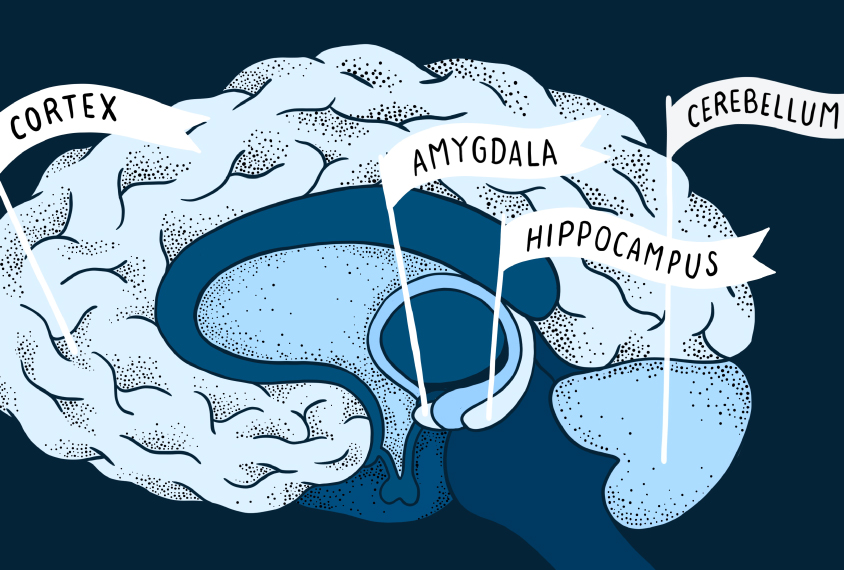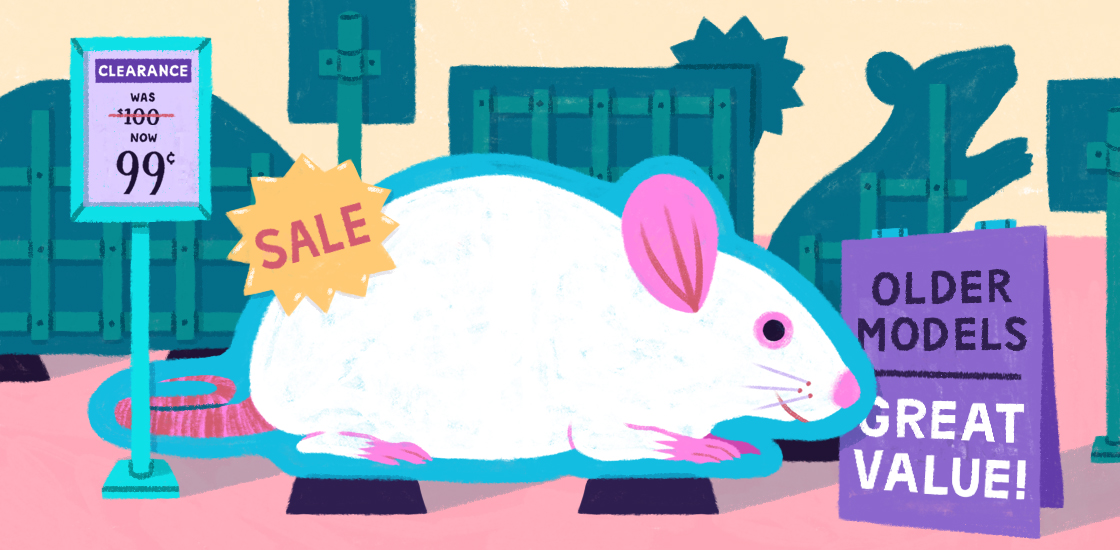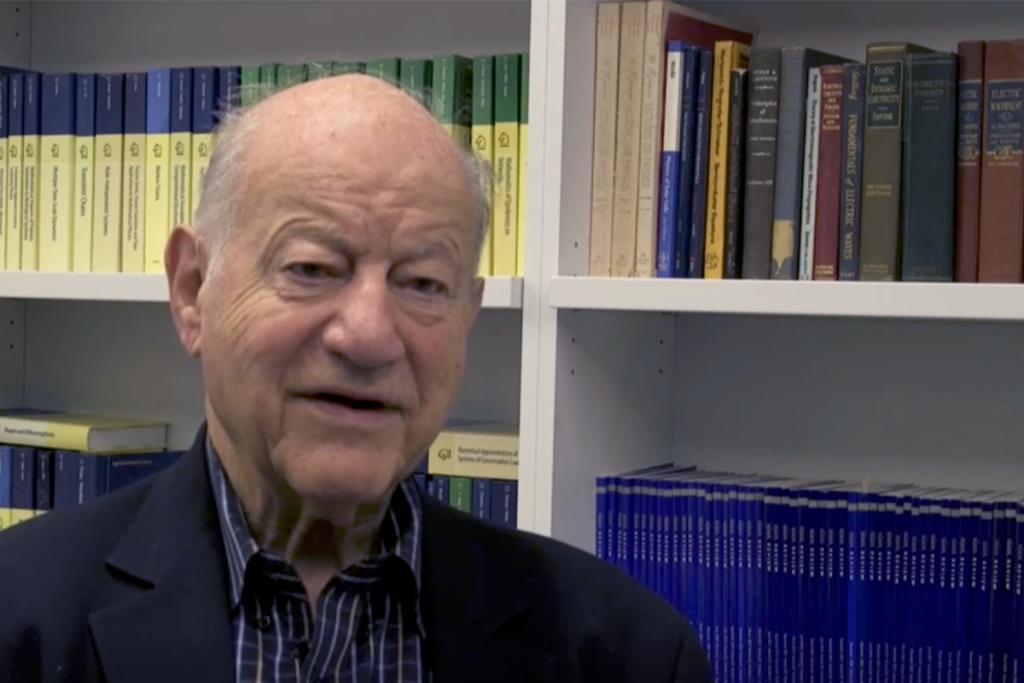Corpus callosum
Recent articles
Brain structures grow differently in boys, men with autism
Autistic boys and men show notable differences in brain development, according to magnetic resonance imaging scans taken over a 16-year period.

Brain structures grow differently in boys, men with autism
Autistic boys and men show notable differences in brain development, according to magnetic resonance imaging scans taken over a 16-year period.
Loss of a top autism gene may alter neuron structure
Mutations in the autism-linked gene ASH1L change how neurons grow and develop.

Loss of a top autism gene may alter neuron structure
Mutations in the autism-linked gene ASH1L change how neurons grow and develop.
Brain structure changes in autism, explained
Autistic people have distinct patterns of brain development, which sometimes result in differences in brain structure. Here's what we know about those differences.

Brain structure changes in autism, explained
Autistic people have distinct patterns of brain development, which sometimes result in differences in brain structure. Here's what we know about those differences.
Study links gene to inherited form of autism
Mutations in both copies of a gene called ACTL6B lead to autism, epilepsy and intellectual disability.

Study links gene to inherited form of autism
Mutations in both copies of a gene called ACTL6B lead to autism, epilepsy and intellectual disability.
Structure of brain matter in young autistic children may show distinct patterns
The long fibers of neurons in the brains of young children with autism are structured differently from those of their neurotypical peers — and from those of older children with the condition.

Structure of brain matter in young autistic children may show distinct patterns
The long fibers of neurons in the brains of young children with autism are structured differently from those of their neurotypical peers — and from those of older children with the condition.
In new device, brain organoids ‘talk’ to each other
A novel cell culture device enables researchers to grow bundles of nerve fibers from stem cells, mimicking the tissue that connects distant parts of the brain.

In new device, brain organoids ‘talk’ to each other
A novel cell culture device enables researchers to grow bundles of nerve fibers from stem cells, mimicking the tissue that connects distant parts of the brain.
‘Outmoded’ mouse models of autism may still yield new advances
Many researchers question the value of three early mouse models of autism, but the models have their staunch supporters.

‘Outmoded’ mouse models of autism may still yield new advances
Many researchers question the value of three early mouse models of autism, but the models have their staunch supporters.
Decoding the overlap between autism and ADHD
Autism and attention deficit hyperactivity disorder often coincide, but the search for common biological roots has turned up conflicting evidence.
Decoding the overlap between autism and ADHD
Autism and attention deficit hyperactivity disorder often coincide, but the search for common biological roots has turned up conflicting evidence.
Three autism mouse models marked by defects in same circuit
Problems with social interactions stem from faulty wiring of a single circuit spanning distant brain regions, results from three mouse models of autism suggest.
Three autism mouse models marked by defects in same circuit
Problems with social interactions stem from faulty wiring of a single circuit spanning distant brain regions, results from three mouse models of autism suggest.
Off-key outcomes; visualizing variants; urine indifference and more
Music therapy proves ineffective for autism, brain structures differ with 16p11.2 duplications and deletions, and mice missing NLGN3 may influence the sociability of their littermates.
Off-key outcomes; visualizing variants; urine indifference and more
Music therapy proves ineffective for autism, brain structures differ with 16p11.2 duplications and deletions, and mice missing NLGN3 may influence the sociability of their littermates.
Explore more from The Transmitter
Null and Noteworthy: Learning theory validated 20 years later
The first published paper from the EEGManyLabs replication project nullifies a null result that had complicated a famous reinforcement learning theory.

Null and Noteworthy: Learning theory validated 20 years later
The first published paper from the EEGManyLabs replication project nullifies a null result that had complicated a famous reinforcement learning theory.
Neuroscientist Gerry Fischbach, in his own words
In 2023, I had the privilege of sitting down with Gerry over the course of several days and listening as he told the story of his life and career—including stints as dean or director of such leading institutions as Columbia University and NINDS—so that we could record it for posterity.

Neuroscientist Gerry Fischbach, in his own words
In 2023, I had the privilege of sitting down with Gerry over the course of several days and listening as he told the story of his life and career—including stints as dean or director of such leading institutions as Columbia University and NINDS—so that we could record it for posterity.
Amina Abubakar translates autism research and care for Kenya
First an educator and now an internationally recognized researcher, the Kenyan psychologist is changing autism science and services in sub-Saharan Africa.

Amina Abubakar translates autism research and care for Kenya
First an educator and now an internationally recognized researcher, the Kenyan psychologist is changing autism science and services in sub-Saharan Africa.